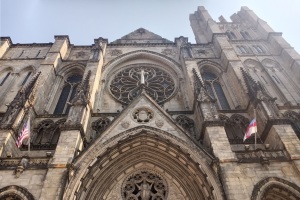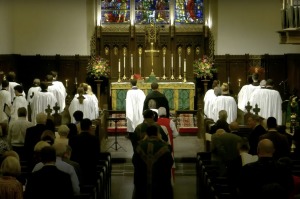MAP International Releases Post-Tsunami Report
A recently-released report on last year’s quake-tsunami disaster showed that much progress had been made over the past year, detailing plans for medical facilities and training in the upcoming years.
A recently-released report on last year’s quake-tsunami disaster showed that much progress had been made over the past year, detailing plans for medical facilities and training in the upcoming years.
Medical Assistance Programs (MAP) International – a Christian organization offering essential medicines, community health, and working in the prevention and eradication of diseases in areas of need – released their “Tsunami Stewardship Report” on Monday. The report details the three phases of response to the tsunami and MAP’s progress in each phase. The phases include emergency response, assessment, and recovery and rehabilitation in cooperation with local response teams including World Vision, Mercy Corps, and International Medical Corps.
In the emergency response phase, MAP reported that it dispatched 82 tons of medicine and medical/trauma supplies valued at over $41 million, including antibiotics, wound care supplies, and medicines to treat water-borne diseases.
The second phase of the tsunami response began in January when MAP International President Michael Nyenhuis and a MAP board member traveled around Indonesia to assess the devastated areas and meet with staffs from partner agencies.
The organization began focusing its attention on the recovery process in April, formulating a detailed plan for the rehabilitation process. Included in the phase-three plans are hospital facilities, health posts, mobile clinics and community-based health promoters.
The group plans to build two mobile clinics – one for Nias Island and the other for islands south of Nias, with each clinic serving 7,000-15,000 people on a 5-6 village circuit for the next two years. The mobile clinics will be staffed by indigenous health professional.
In addition, a 50-bed hospital will be constructed in Pulautello, the capital city and governmental center of a group of islands south of Nias Island. The hospital will be built to meet the World Health Organization’s stringent codes and will be able to withstand future seismic activity.
“With these programs, MAP International is offering a hand up, not a hand out – a commitment that will help ensure better lives for thousands of families today and in the coming years,” says Michael J. Nyenhuis, MAP President in a statement released by the organization.
MAP is working with three key partners– two indigenous groups and one U.S. based – in the recovery process to identify what health infrastructure and training is needed for Aceh, Northern Sumatra, and the Island chain to the west. The partners are Gereja Bethel Indonesia (GBI), Obor Berkat Indonesia (OBI), and World Relief.
The energy released by the Tsunami on Dec. 26, 2004 was equal to 10,000 atomic bombs and left 200,000 dead or missing, 100,000 injured, and 700,000 displaced in Indonesia.




























